It’s time to rewind the clock and take a look back at the notable events that shaped the energy industry in 2023. In this short round-up, we picked out the most exciting moments – one headline per month – that tell the story of the industry’s evolution. Join us on this journey through the hits and misses, highlighting the moments that set the energy world in motion. Let’s look at what’s been going on in 2023 and setting the stage for what’s to come.
January: the US is now the world’s top LNG exporter in 2023

At the start of 2023, the United States was on track to overtake Australia as the world’s leading exporter of liquefied natural gas (LNG). Since the restart of a plant in Texas, combined with increased exports, a shift was in place. In the first half of the year, US LNG exports reached 11.6 bcfd, a 4% increase on the same period in 2022. The country’s growing role in the global LNG market is critical to meeting growing demand.
February: U.S. Study Proposes Japan’s Path to 90% Clean Power by 2035
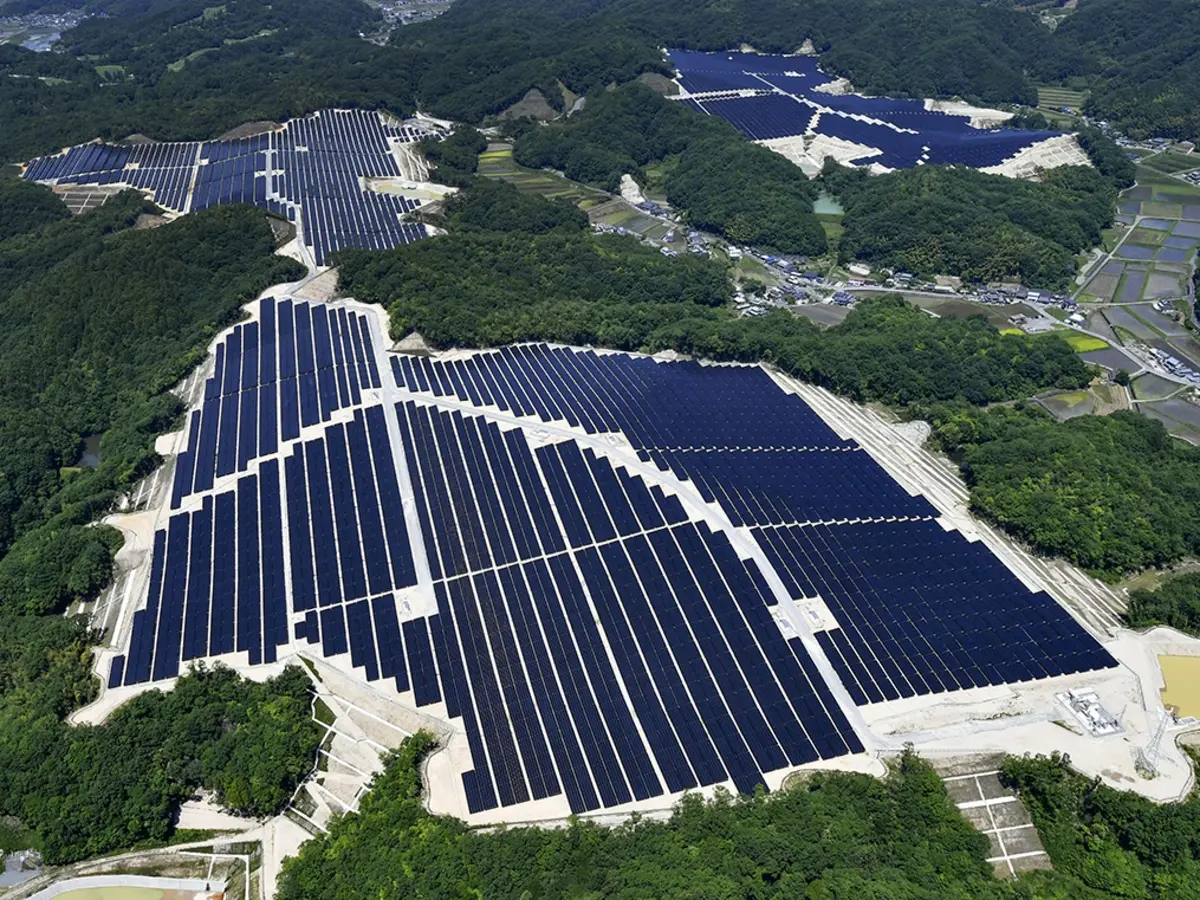
A U.S. study suggests Japan has the potential to achieve a 90% share of clean power by 2035. The study also finds that that Japan’s power grid can maintain its reliability even without coal generation or the addition of new gas-fired power plants. This can be achieved through the integration of additional battery storage and inter-regional transmission lines.
March: South America: the production of lithium batteries is expected to rise
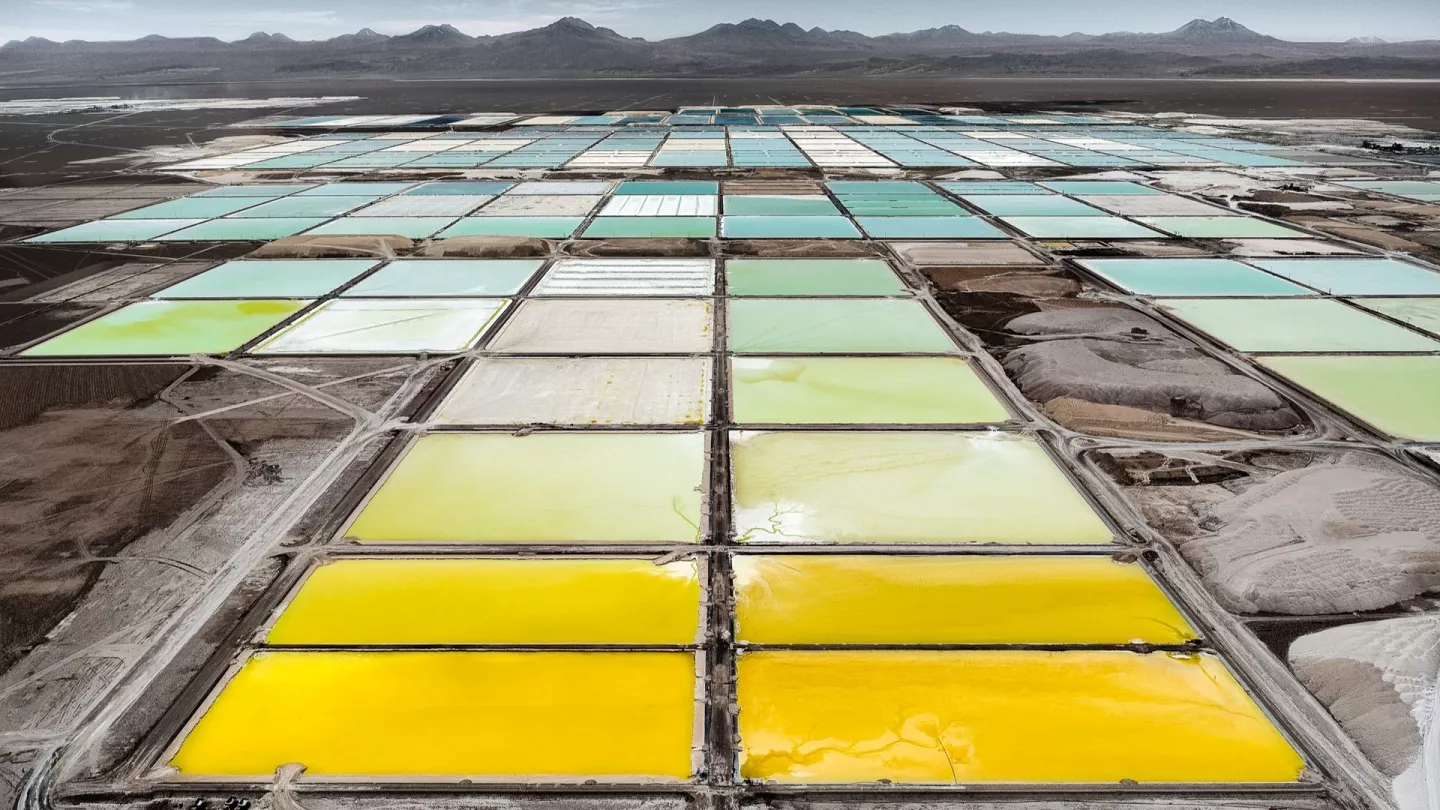
Lithium battery production is poised for growth in South America as Argentina, Brazil, Bolivia and Chile work together under the umbrella of the ‘Lithium Triangle’. This Lithium Triangle has about 65% of the world’s known resources of lithium and reached 29.5% of world production in 2020. Maria Fernanda Avila, Argentina’s mining secretary, confirms this coordinated effort in response to the region’s mineral-rich composition. Chinese companies such as Chery Inc and Ganfeng Lithium Co. expressed interest in investing in Argentina.
April: South Africa braces for dark winter as power shortages persist
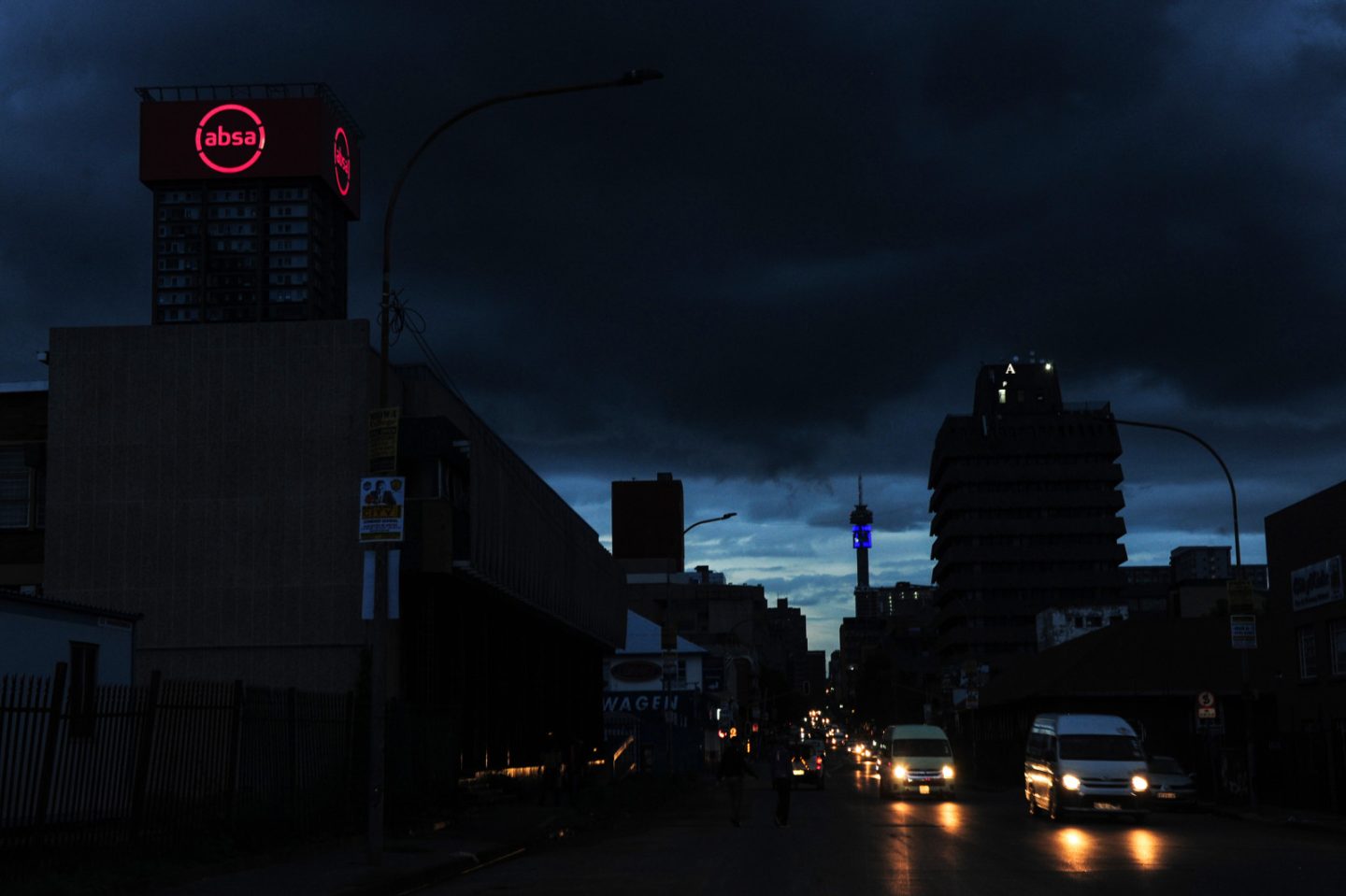
Over the past 15 years, South Africa’s electricity crisis has been deepening, with power shortages blamed on insufficient investments in the country’s ageing coal-fired power plants.
May: the world’s largest green hydrogen project is up and running
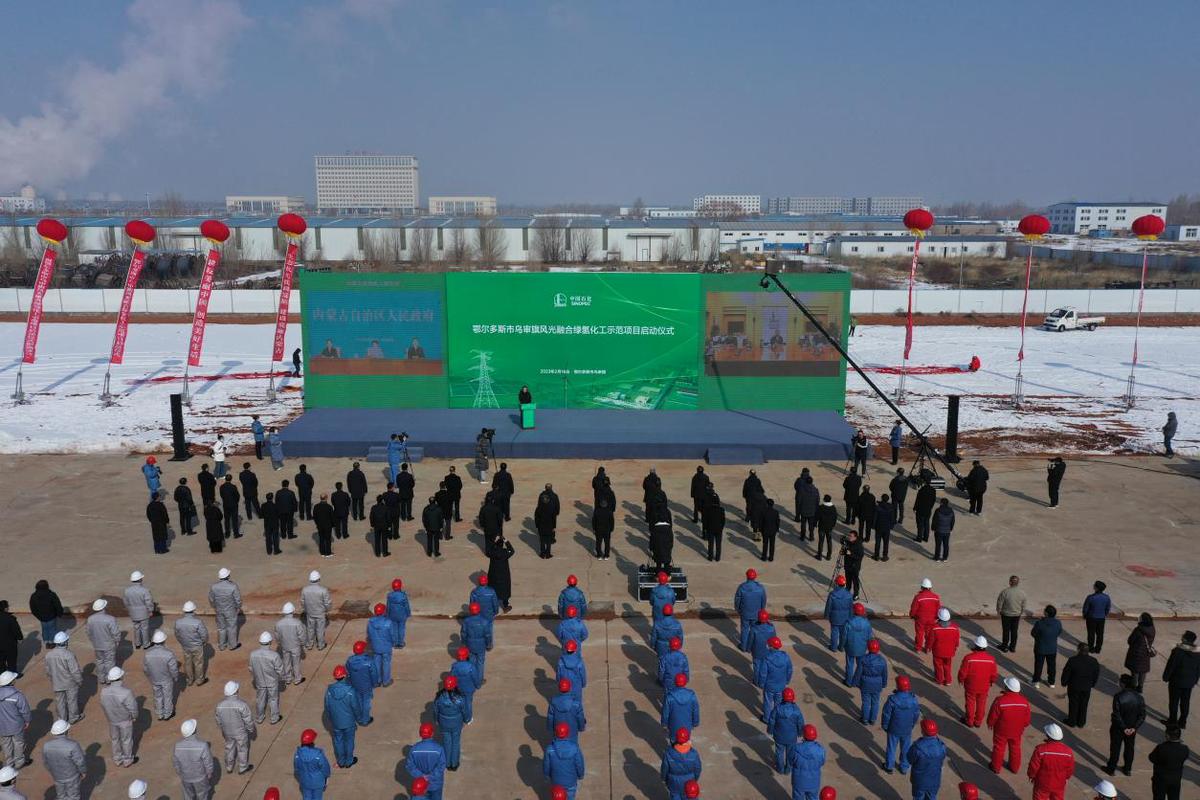
With a capacity of almost 260 MW, the Ordos project was commissioned at the end of May, in the Chinese province of Xinjiang, and started commercial operations on the 3rd of July. The facility has the capability to store 210,000 cubic meters of hydrogen and transport 28,000 cubic meters per hour. The objective is to generate 20,000 tons of environmentally friendly hydrogen annually through electrolysis powered by solar energy.
June: Mexico’s CFE and ESENTIA Sign $300 Million Memorandum for Gas Project
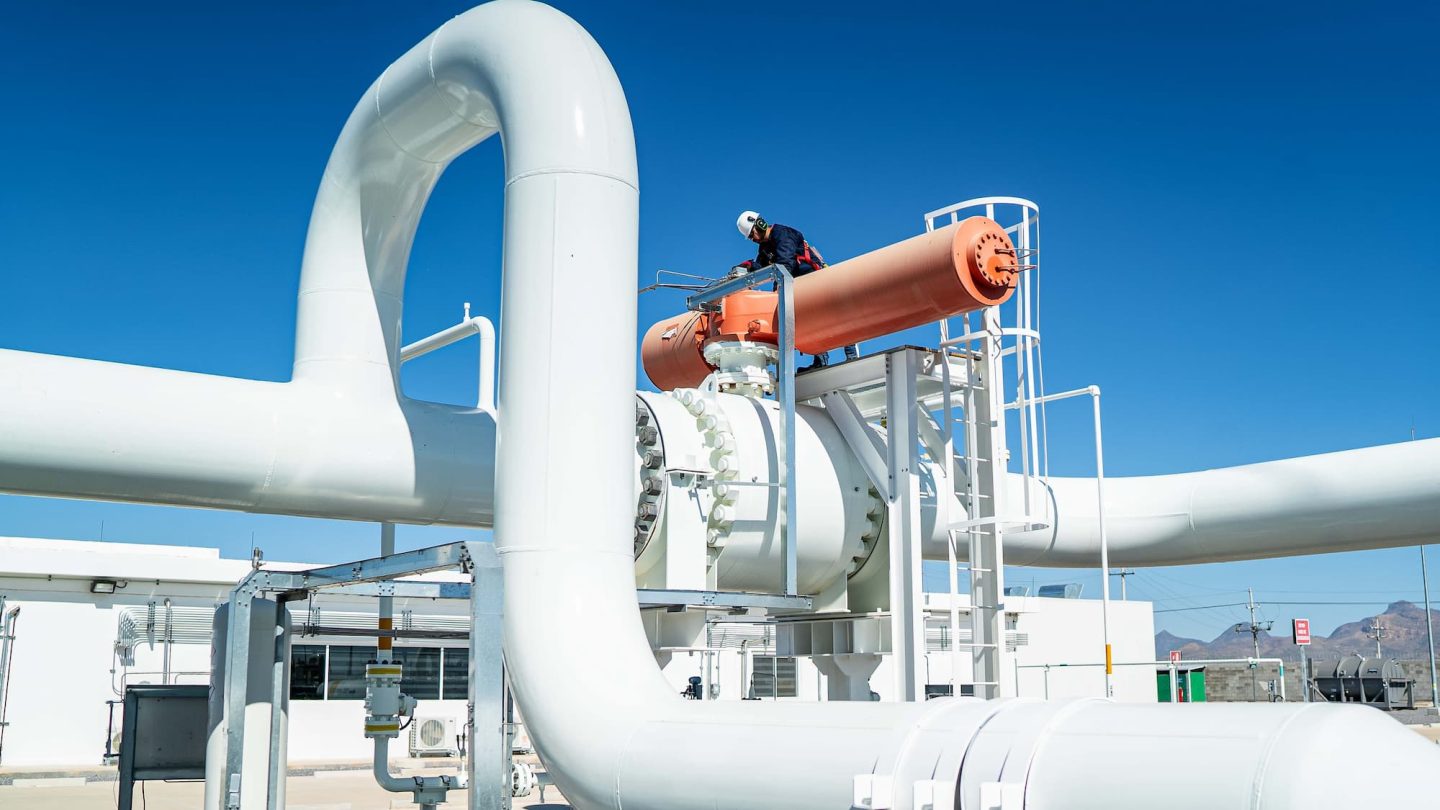
Mexico’s state power utility, Comision Federal de Electricidad (CFE), announced a $300 million investment collaboration with ESENTIA Energy Systems. The memorandum of understanding, signed on June 20, focuses on enhancing natural gas infrastructure. The initiative seeks to optimize current pipelines, introduce new delivery points, and bolster service to CFE power plants and communities.
July: Instability in Niger, one of the world’s biggest uranium exporters
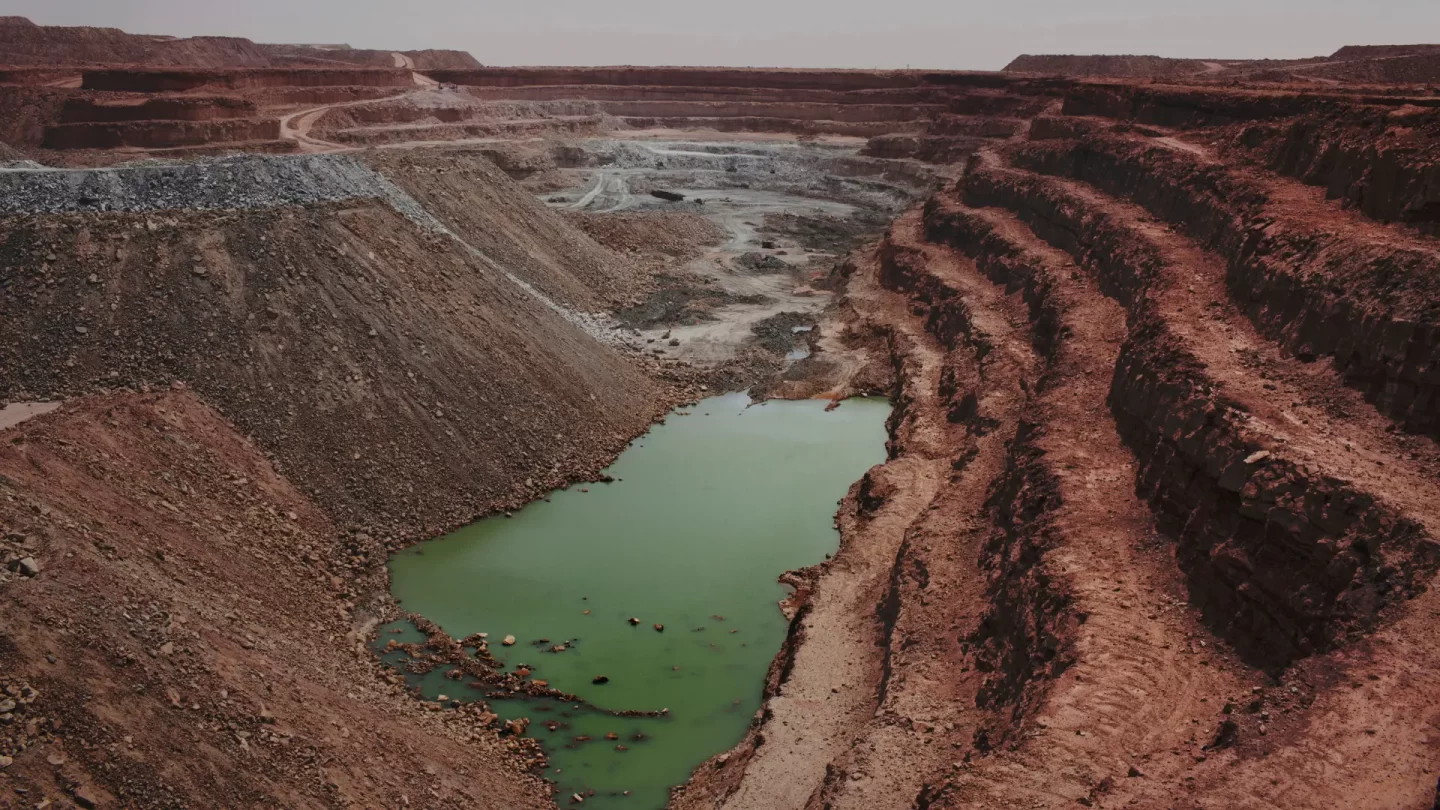
Niger’s political developments in July, including Gen. Abdourahamane Tiani’s rise to power, have drawn increased media attention. A little-known fact about the country is its significant role in the global uranium market. Indeed, with the highest grade Uranium on the continent, Niger contributes about 5% of the world’s uranium output.
August: Ecuador rejects oil drilling operations
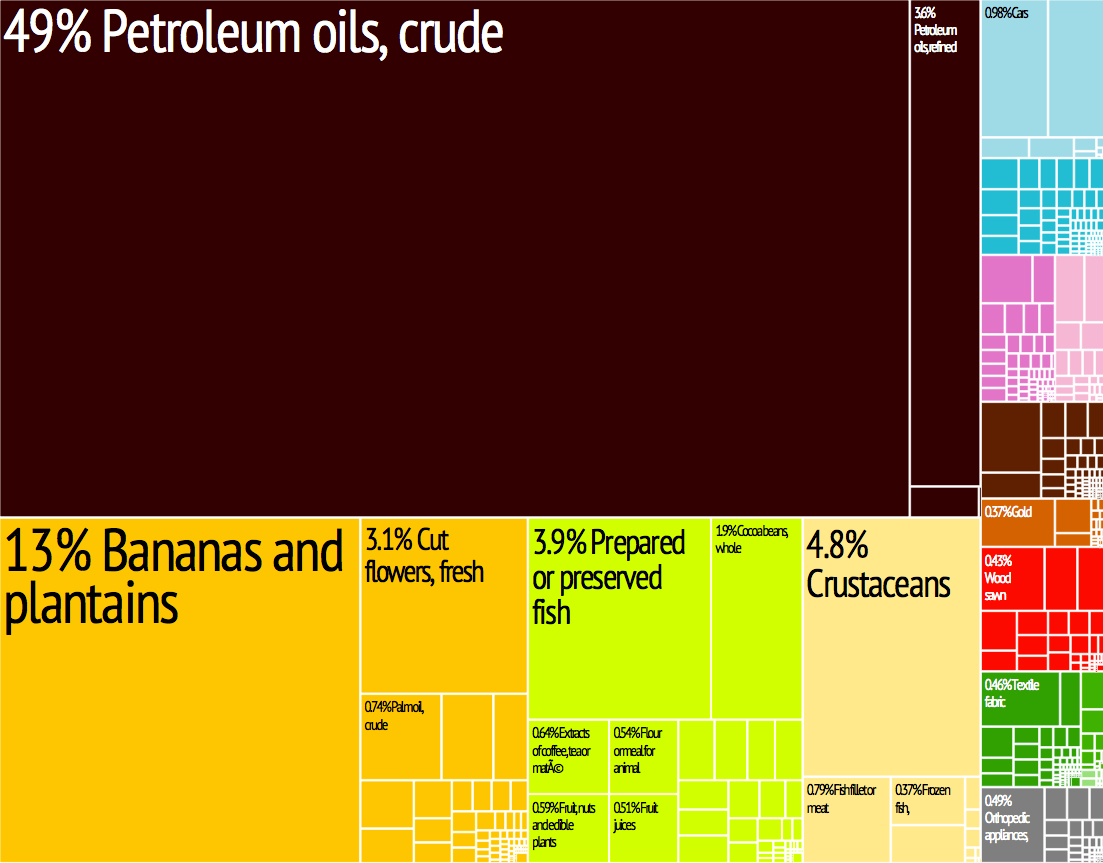
Ecuadorians have voted against drilling for oil in a protected area of the Amazon. The area, a hotspot for biodiversity has been the subject of public debate. It all started when president Correa declared intentions to proceed the exploration in the block in 2013. Still, oil remains Ecuador’s largest export.
September: Macron unveils plan to meet France’s 2030 green goals
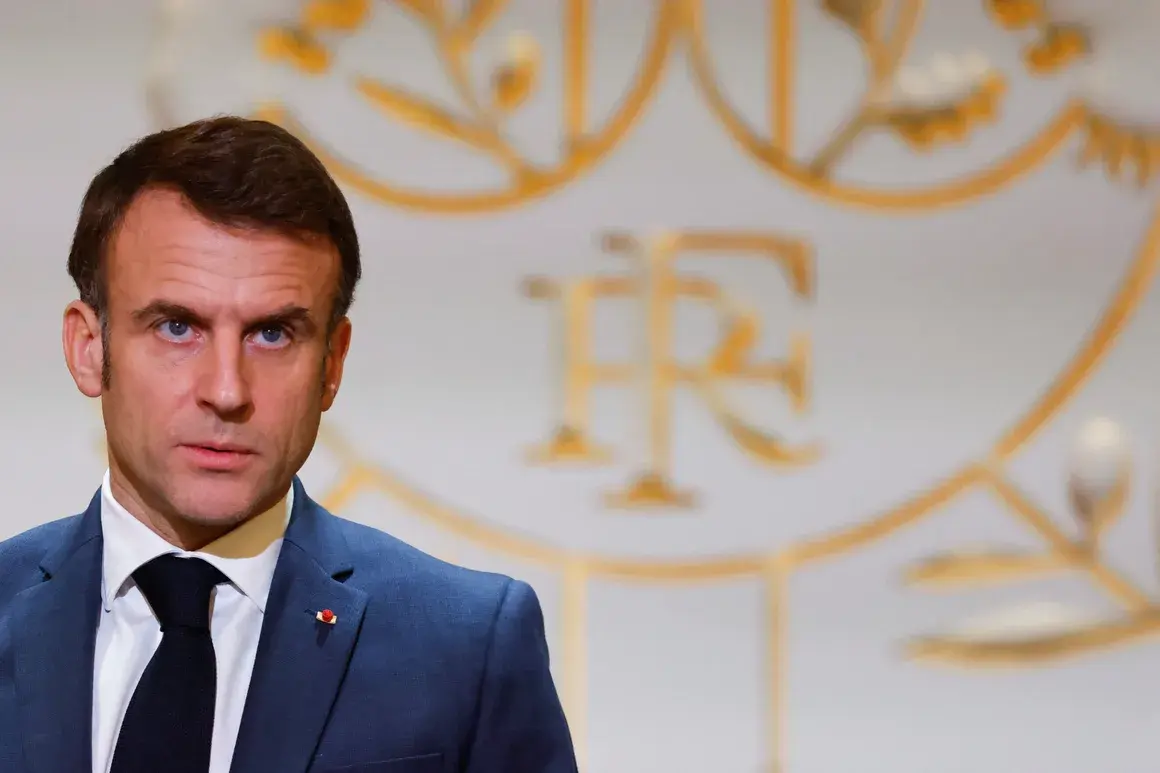
Macron confirmed that the country would cease operating its two remaining coal-burning plants and convert them to biomass energy. Another challenge, Macron said, is to boost electric vehicle use by producing cars and batteries at home. Hence, by 2027, he said, France will have produced at least 1 million electric vehicles and opened four battery plants in the north of the country.
October: World’s largest wind power farm started producing power
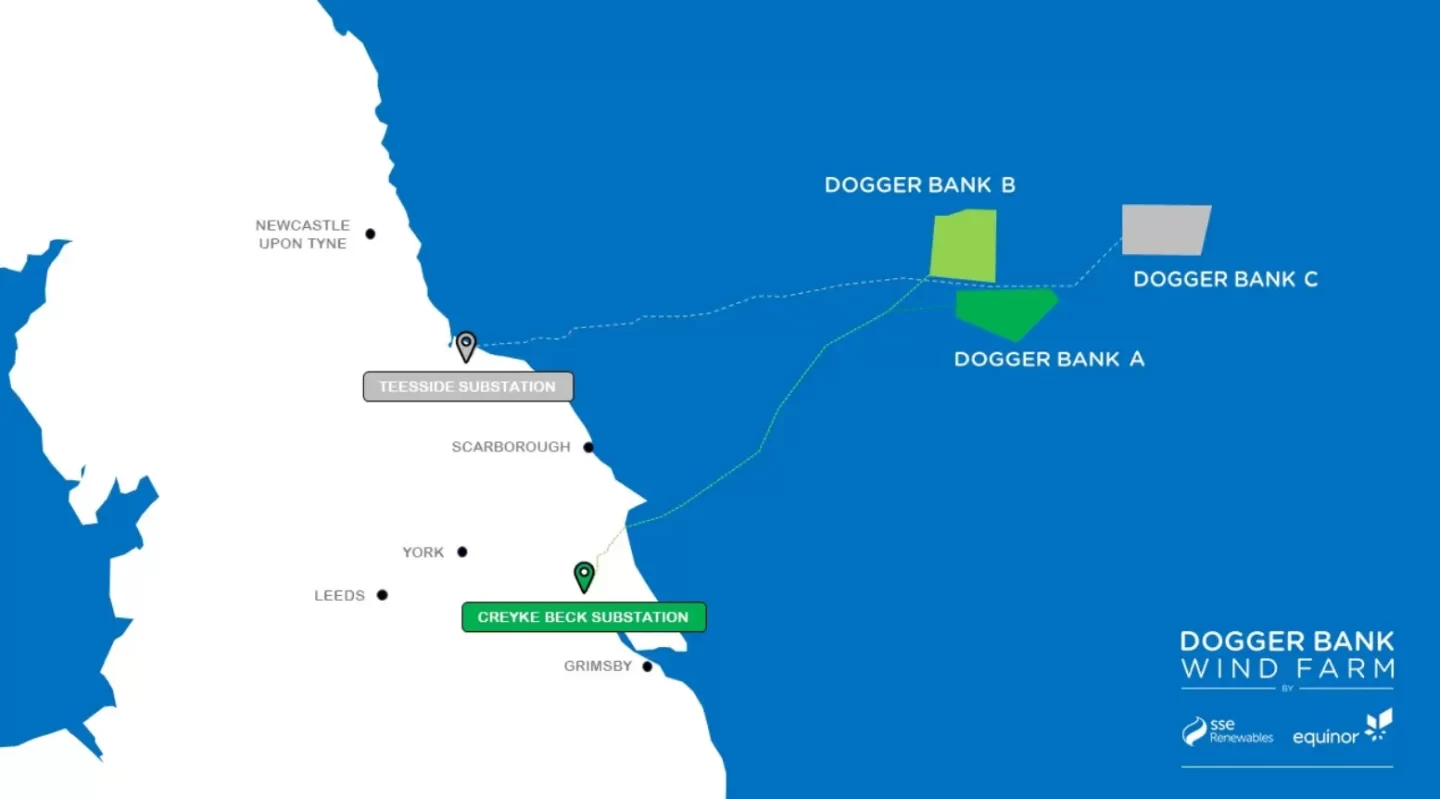
The Dogger Bank offshore wind project, located in the North Sea, is the largest wind power farm in the world by capacity. It has a total production capacity of 3.6 Gw. It is expected to power over 6 million homes and is currently tied to the UK national power grid.
November: Emirates‘ big move in renewables
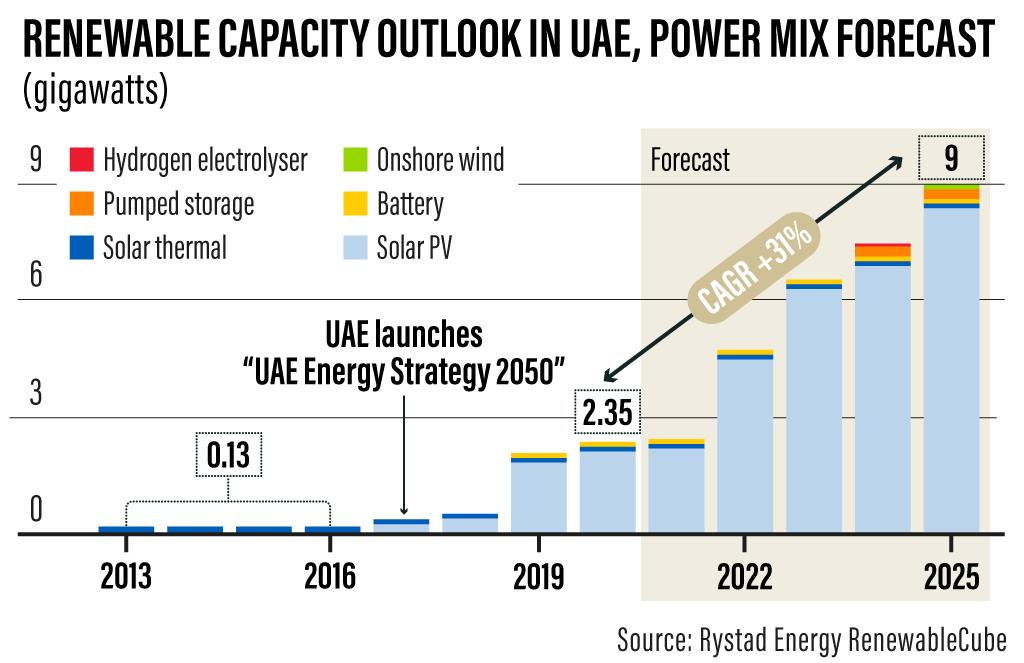
The Emirates Development Bank (EDB) has allocated AED 1.3 billion (USD 350 million) to the Energy Transition Accelerator Financing (ETAF) platform, spearheaded by IRENA. This is a major investment in renewable energy, showcasing the UAE’s commitment to sustainable development.
December: COP 28, a shift away from reliance on fossil fuels
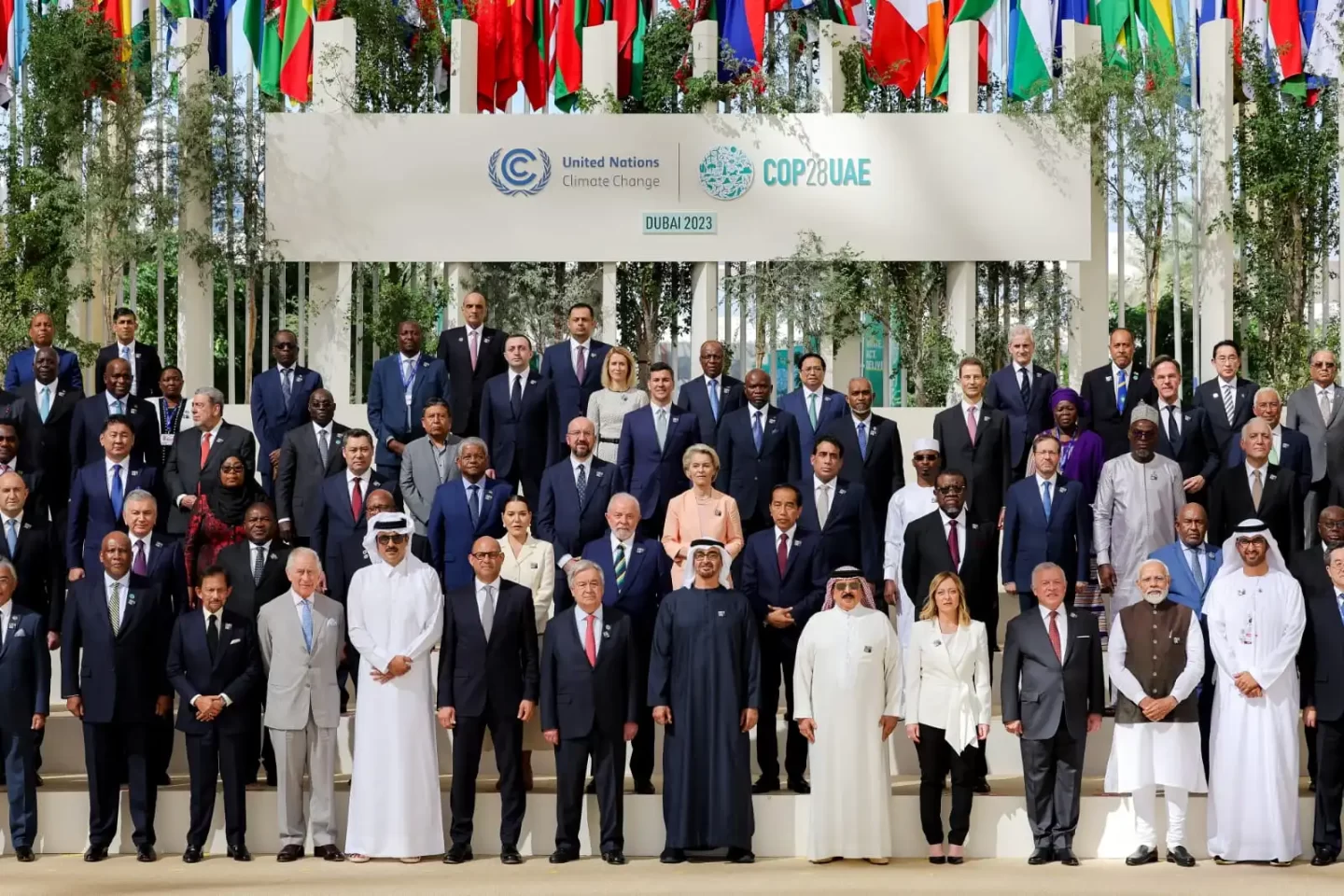
Representatives from nearly 200 nations at the COP28 summit in Dubai have reached a landmark agreement. Reducing global fossil fuel consumption marks a decisive shift away from the oil era. Despite opposition from OPEC, the agreement to phase out oil, gas and coal represents a significant milestone in climate talks.
The state of the energy industry in 2023
As we reflect on the energy industry’s journey through 2023, a dynamic narrative of significant events emerges. From the US becoming the top LNG exporter to Ecuador rejecting oil drilling in the Amazon, each month unfolded a unique chapter. Macron’s green goals for France, the inauguration of the world’s largest wind farm and the landmark COP28 agreement signal a future moving away from fossil fuels. The industry’s evolution in 2023 resonates with the global quest for sustainable energy. It sets the stage for an era where innovation, collaboration and environmental awareness will shape the narrative.



